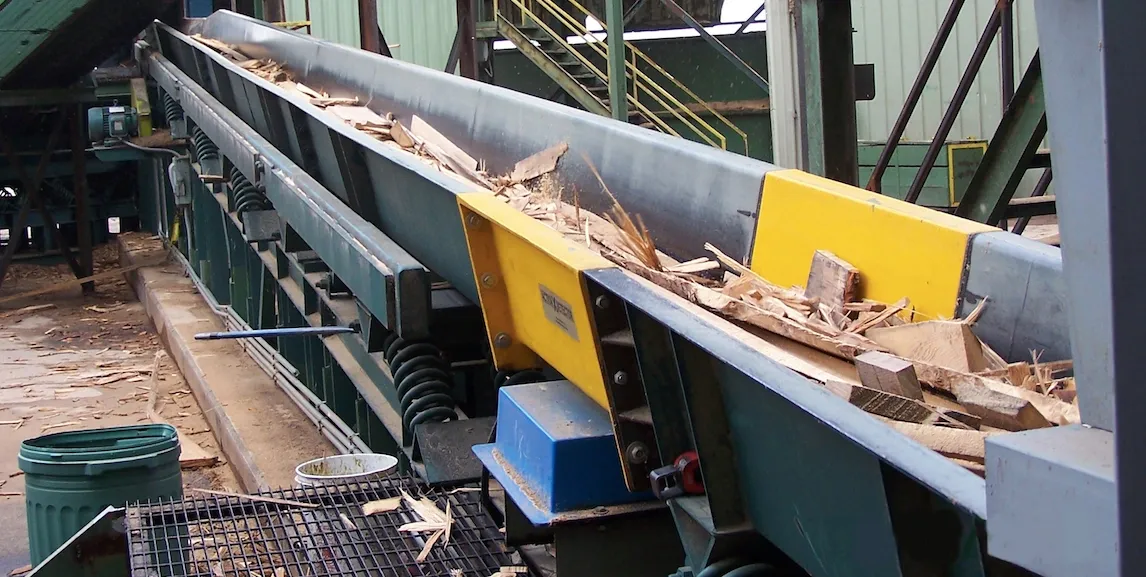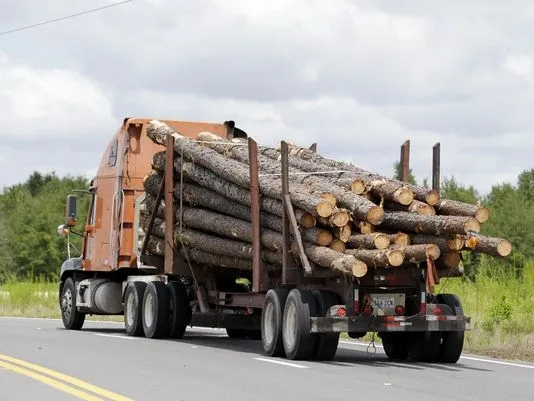
Shhhhh! The Secret To Improving Lumber Recovery Is…
As everyone in the lumber business knows, RECOVERY is a very big deal. For purposes of this article, I’m loosely defining Recovery as the amount of saleable lumber that you are able to extract from your logs. In some places this is calculated as Board Feet of lumber out versus Cubic Feet of logs in…while in other places it’s calculated as tons of logs needed to make a thousand Board Feet. Either way, as we showed in a recent article, RECOVERY is second only to VALUE in driving financial improvements to your bottom line under all market conditions. Maximizing Recovery can net you big money, and poor Recovery will cost you big money. So obviously Recovery has to be managed very closely.
Or does it?
As I began cutting my teeth in the lumber business one thing became evident very quickly…executives, and new comers love to obsess about a Recovery number, and want answers on “Why is Recovery decreasing?”, or are quick to congratulate with a “Great job increasing Recovery this past month!”
But what quickly became obvious is that Recovery is a fog. It is a ghost. Just when you think you’re getting your arms around it, it vaporizes into mist and leaves you scratching your head as it zigs and zags in strange directions. Recovery is an outcome of so many things going right or wrong that to try to “MANAGE RECOVERY” is most often an exercise in running in circles. So what’s to be done? If Recovery is a key financial driver in the lumber industry (which it is), shouldn’t it merit being managed as a Key Performance Indicator (KPI)?
The answer is NO.
Recovery should not be MANAGED as a KPI because it cannot be directly controlled. Instead, Recovery should be TRACKED as a RESULTS INDICATOR (RI) which, as the name implies, reflects the RESULT of lots of details being done well, or being done poorly. It is those things that directly impact a Results Indicator that must be tightly managed and obsessed over as KPIs.
As a wise client of mine once told me, “Recovery would be a piece-of-cake if we could just grow square trees that were perfectly straight.” I’m not a tree geneticist, so I can’t comment on the likelihood of that happening any time soon, but let’s assume that for the foreseeable future we’re stuck with an imperfect raw material that is roughly-round, kind-of straight, inconsistently tapered, and that contains knots and natural defects that may or may not be visible. With that as our reality, it is understood that the nature of our source raw material will itself impact Recovery…forcing it lower and higher…seemingly on a whim. It is this frustratingly imperfect, natural variation that makes Recovery the “fog” that it is.

However, rather than simply surrender to the seemingly random movement of a Recovery number impacted by log variability, you must instead identify those processes over which you do have control, and deliberately and doggedly manage them. Following the log from the inbound scale house through the planer mill, we can easily identify several of these areas (not meant to be a comprehensive list) that merit obsessive management attention:
- LOG QUALITY – aside from the natural variability that is unavoidable, worry about undersized tops, flared butts, logs not properly cut-to-length, etc.
- STEM MERCHANDIZING – are your bucking instructions optimized for your process, are your operators bucking accurately, and are the logs being cut-to-length?
- OPTIMIZATION STRATEGY – this is a big one…we’ve got a whole article on that topic;
- PREDICTABILITY – again, a critical and frequently-overlooked process for which we have devoted a whole article;
- SAWING DEVIATION – are you cutting on target, and are your targets as tight as possible?
- STACKING QUALITY – misaligned sticks, short sticks, improperly aligned ties can all lead to unnecessary trimming in the planer mill;
- DRYING QUALITY – not just if you’re causing crooking and bowing, but if over-drying is causing shrinkage that is costing you the ability to reduce green lumber target sizes in the sawmill;
- PLANER SETUP – are you optimizing your planer to highlight size reduction opportunities, and also avoid skip that might force trimming?
- GRADING AND TRIMMING – are your manual graders, or your optimized grader “properly calibrated” and managed to ensure excessive trimming is not happening?
If you and your team are making the mistake of trying to “Manage Recovery”, rather than formally and aggressively managing the things that drive Recovery (starting with the list above), then I can guarantee that you are leaving a substantial amount of money…likely millions of dollars a year per mill…on the table.
In our most recent article titled, “Is Your Ladder On The Right Tree?” we addressed how critical it is that you and your entire team understand that maximizing the profitability of a lumber operation requires the ability to focus on more than one thing. They (…you…) must have a proper and balanced focus on the many Key Performance Indicators that drive the Result Indicators, which in turn drive Profit Margin.
If you want to know if you’re leaving Recovery dollars on the table, or want to assess the health of your Recovery management processes, we can help.
STAY TUNED…
This is our 5th article in our series on lumber manufacturing. In the coming weeks and months we will be continuing with more thought provoking articles on all aspects of the business. Look for upcoming articles on Kiln Drying, Timber Procurement, Production, Maintenance, Leadership, and more.
NEED HELP, OR WANT TO DISCUSS FURTHER?
Our focus is on helping forest products companies identify, and capture the millions of dollars a year that can be lost in each mill through sub-optimal execution.
With more than 20 years of successful experience helping dozens of companies in 15 countries across 3 continents, we can help you too.
Check out our services, and drop us a line. Let’s start a conversation.
HELP US SPREAD THE WORD
If you liked this article, please pass along to your friends by sharing a link to the blog, or sharing this page on LinkedIn or Facebook.
Stay sharp.

